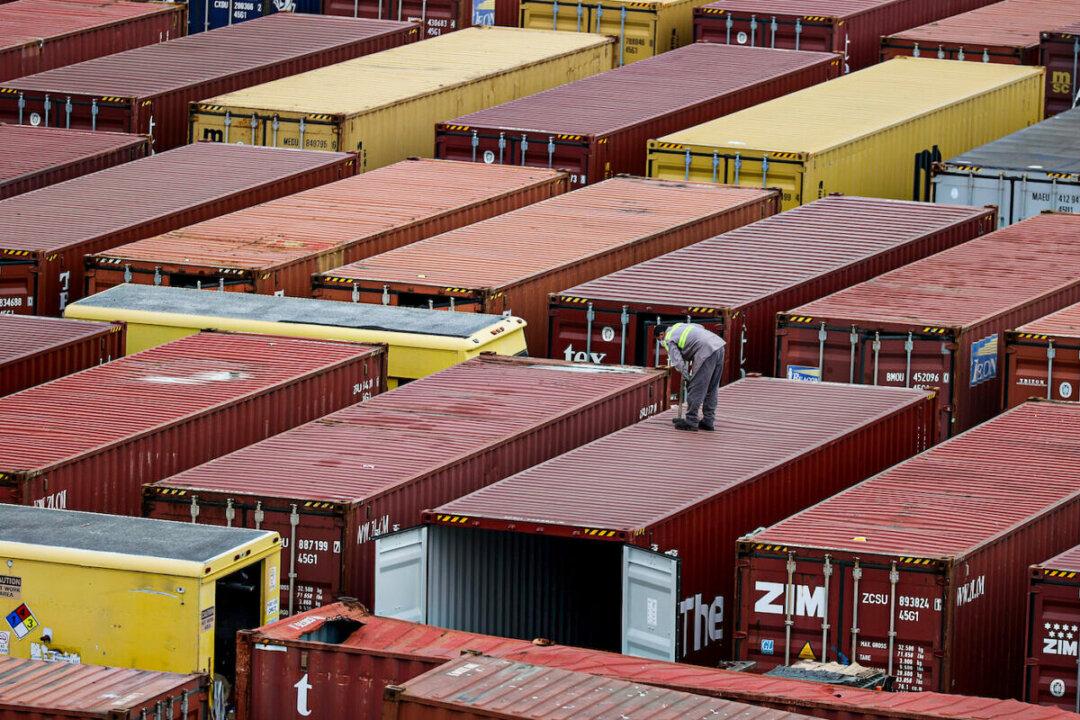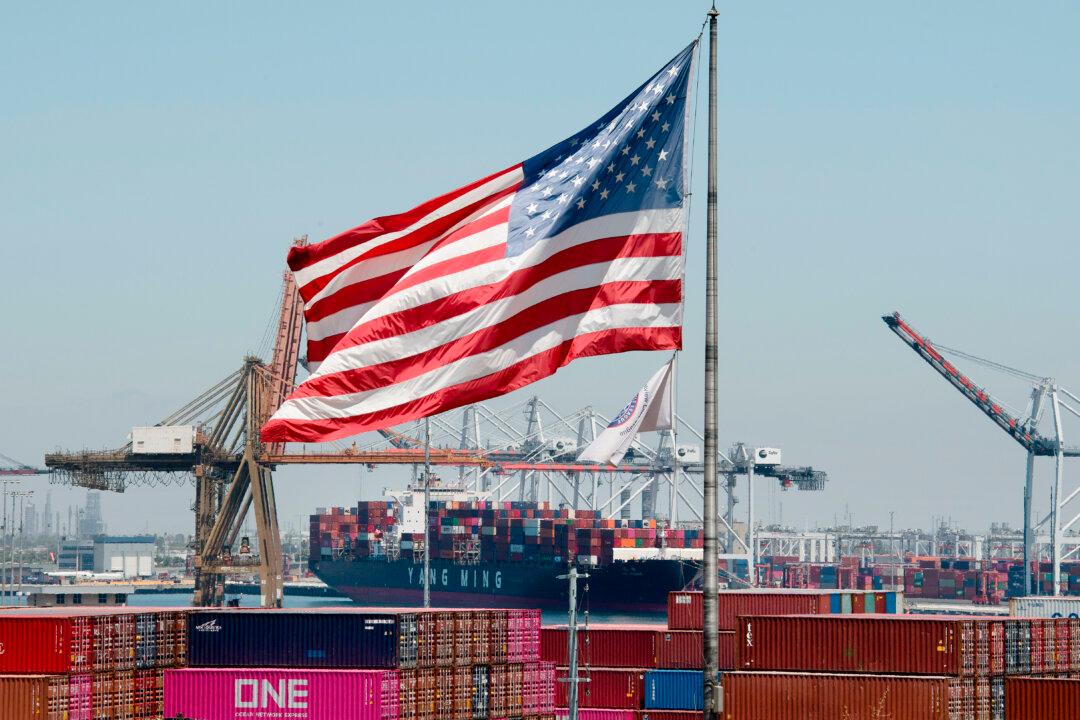The current account deficit, which essentially reflects U.S. expenditure exceeding income, rose sharply in the third quarter to its highest level in 15 years, driven by a reduced surplus in services and a surge in goods imports as businesses rushed to build up inventories in the face of strong demand.
The Commerce Department said in a Dec. 21 release that the U.S. current-account deficit grew by $16.5 billion, or 8.3 percent, in the third quarter to $214.8 billion. That’s the highest level in 15 years, when it hit $218.4 billion in the third quarter of 2006.





